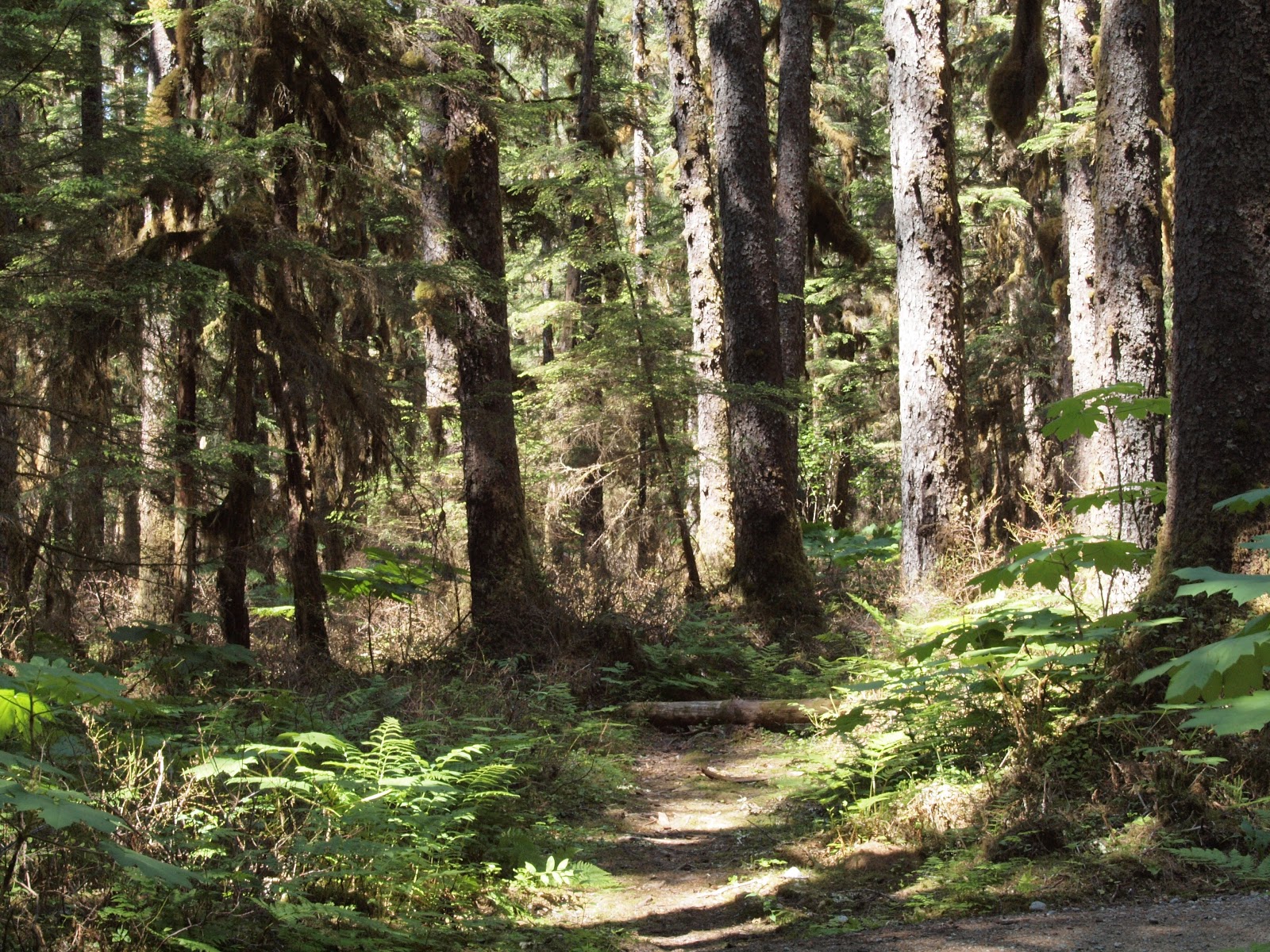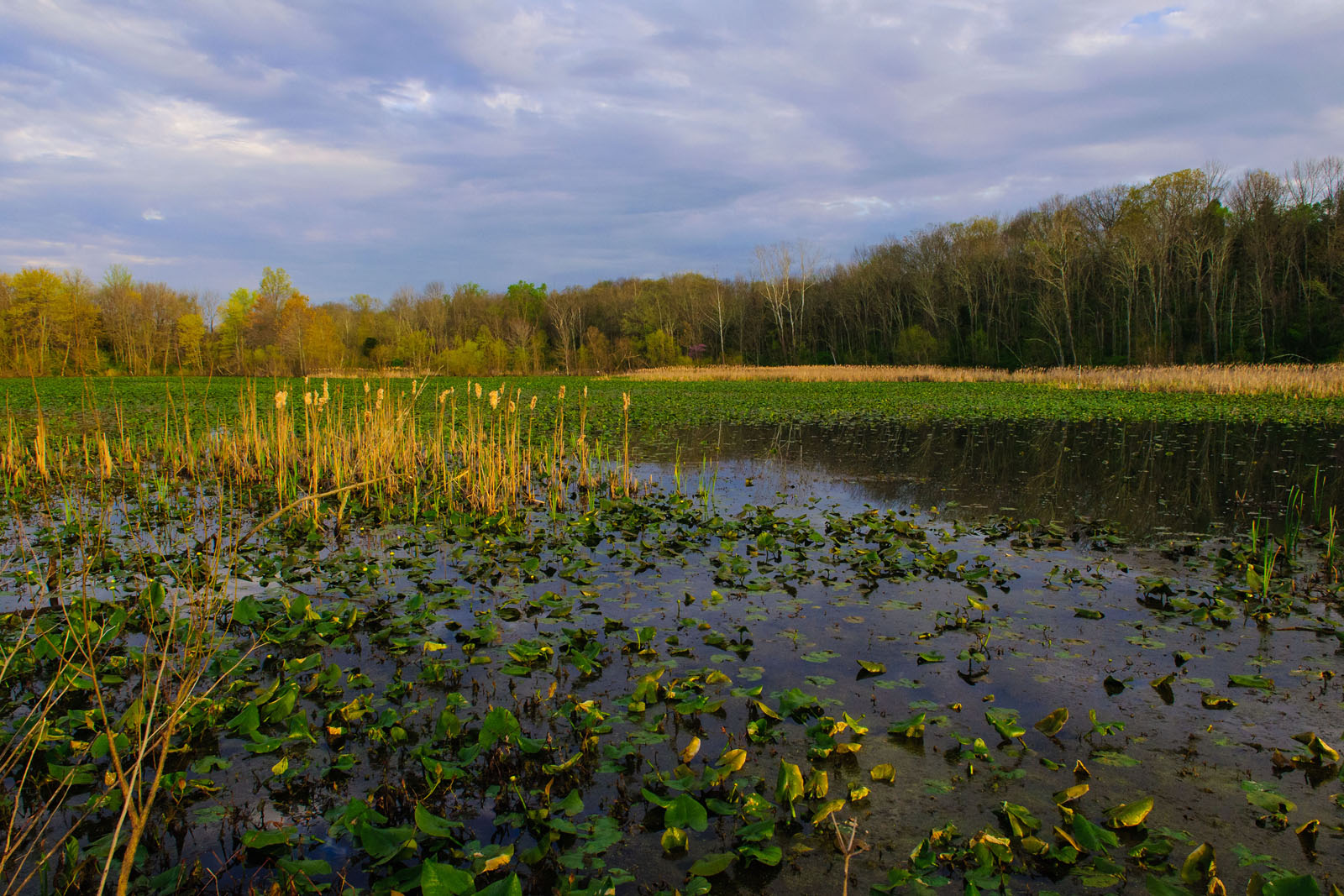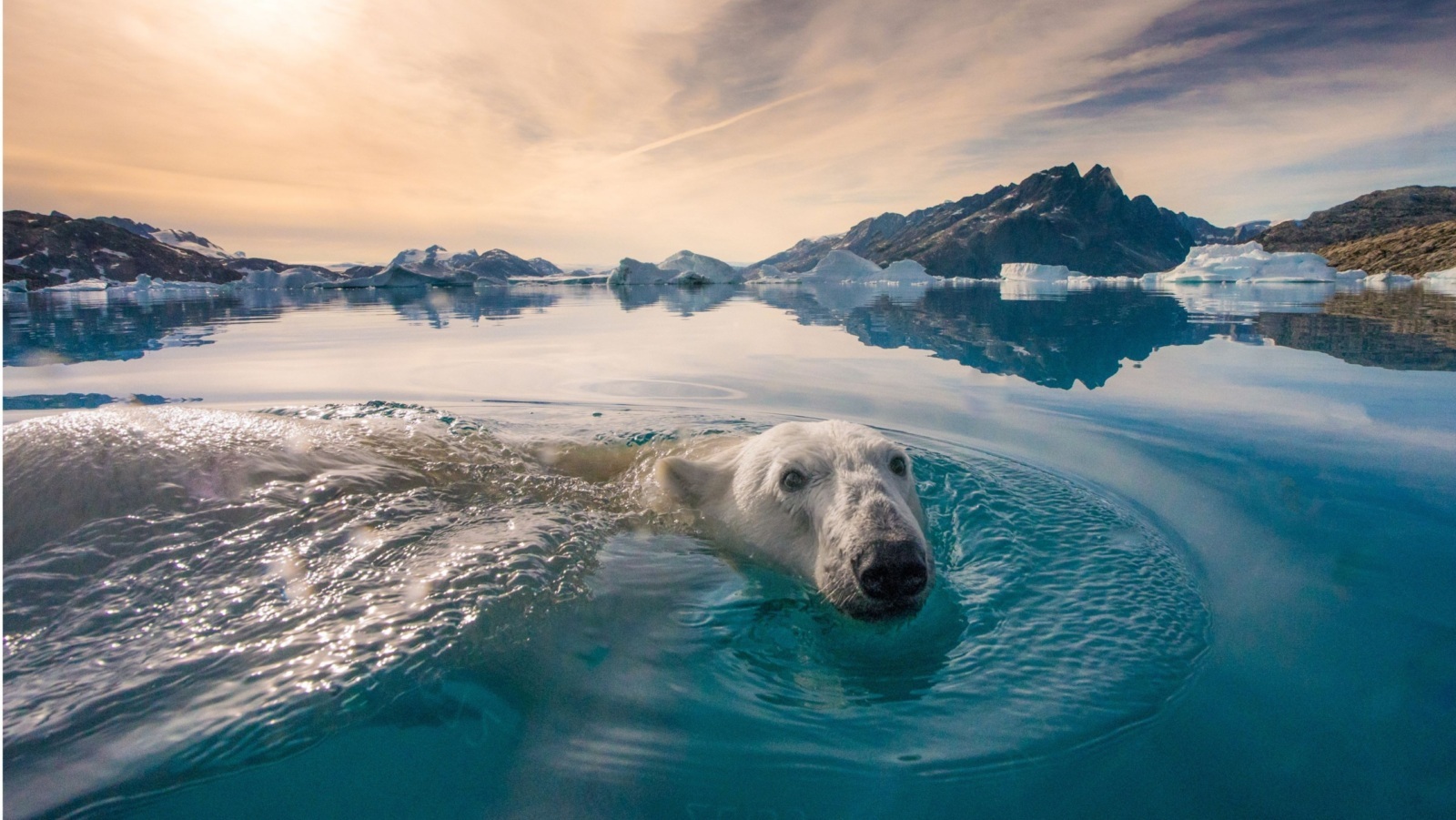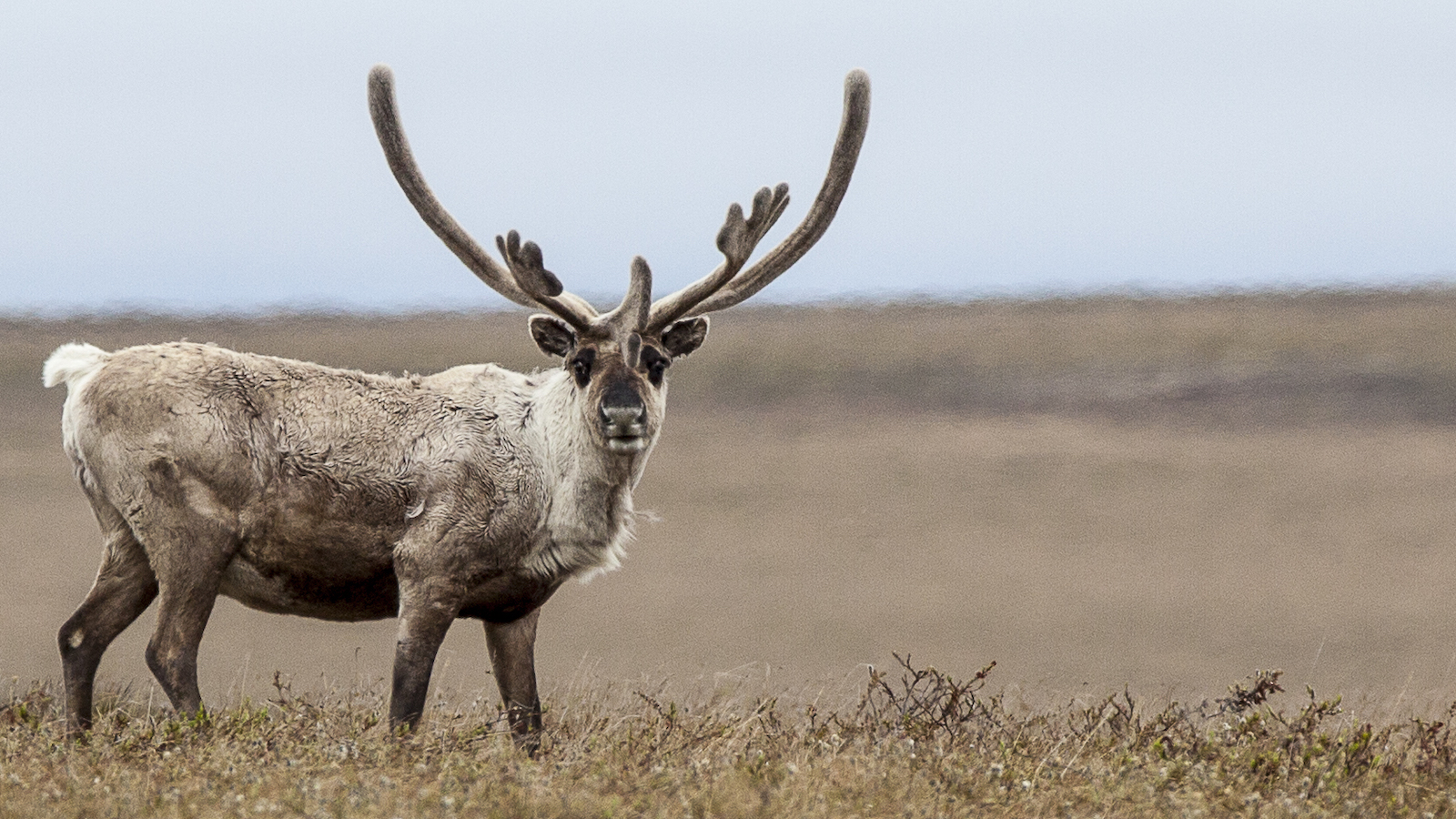It’s a trap!
Welcome to the Tongass National Forest, where unsuspecting carbon in the atmosphere gets sucked in and stored. It’s sort of like a tractor beam, but for climate change.

Actually, it’s a carbon sink – disguised as our largest national forest.
Welcome to the Tongass National Forest, where unsuspecting carbon in the atmosphere gets sucked in and stored. It’s sort of like a tractor beam, but for climate change.
This iconic wild space is a key climate action player. Consider this: More carbon is stored in the Tongass than any other forest in the country. Through both its soil and photosynthesis, the Tongass’ 16.7 million acres serve as a carbon sink. In other words, it acts as a “vacuum” that sucks in and stores carbon dioxide indefinitely. This process is an important part of managing this powerful greenhouse gas. And with climate change intensifying, we need all the help we can get managing carbon in our atmosphere.
Pre-existing natural resources (such as oceans and undisturbed lands) are essential because they absorb about half of all the carbon dioxide humans emit. Unfortunately, development and resource extraction, especially in forests, mean that the stored carbon is released back into the atmosphere when trees are cut down or kelp forests or seagrass beds are destroyed.
That’s why Environment America is so committed to safeguarding open space like the Tongass. Not only is wilderness intrinsically good in itself, but it’s also a major factor in the fight against climate change.
With that in mind, we’ve been working on preventing the construction of unnecessary roads on public lands for years. Without roads, these spaces both stay wild and remain safe from development and resource extraction. In 2001, we called on the Clinton administration to enact a rule ending road building in 58.5 million acres of otherwise roadless areas in our national forests. Our national network played an instrumental role in delivering a record 1.6 million public comments to the Forest Service in support of what was dubbed “the Roadless Rule.” The Clinton administration enacted the regulation and for almost 20 years, the Roadless Rule has protected the Tongass and other cherished public spaces against disturbances.
Then, in 2020, the Trump administration removed Roadless Rule protections from 9.2 million acres in the Tongass National Forest.
We’ve stood up for our forests before — and we’re doing it again now. Not only are we suing to reinstate the Roadless Rule, but we’re also advocating for the Roadless Area Conservation Act, which will transform the Roadless Rule from an agency regulation that can be changed at a political whim into a congressionally mandated law. Protecting the Tongass is about more than just its beauty and wildlife (though it certainly is about that too). It’s about fighting climate change as we stand on the brink of crisis.
We’re up against a threat greater than the Death Star. Climate change could radically change our world, but we have a chance to take action against it. Protecting the Tongass is just one of the many ways we can stand up for our planet.
If you want to see what we’re fighting for, take a hike through the Tongass with our new interactive map!
Topics
Authors
Emily-Lynn Warren
Find Out More

Bank of America said it would stop financing drilling in the Arctic Refuge. Now it’s backtracking.

Chesapeake Bay needs region-wide protection

Storytellers take a stand to protect wildlife


